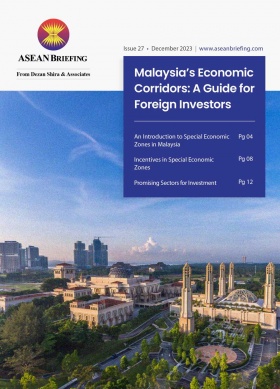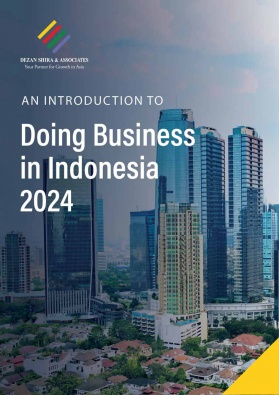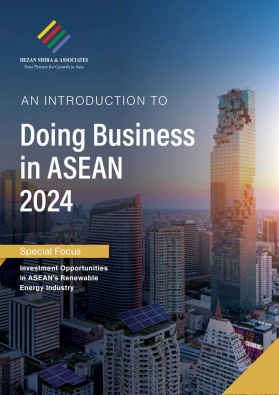Boosting Tourism in Laos: New Visa Policies, Railway Routes, and Service Enhancements
In July, Laos introduced visa exemptions for tourists from Austria, Belgium, Denmark, China, Norway, Spain, Sweden, Finland, and Greece to boost its tourism industry. Citizens of these countries can enjoy a 15-day visa-free entry into Laos.
Further, citizens of these countries can apply for a multiple-entry visa to enter Laos with the duration of the stay increased from 30 to 60 days. Thai visitors holding a “Border Pass” or “Temporary Border Pass,” an identification document used instead of a passport or ID as per agreements between two countries, can now stay in Laos for up to ten days, an extension from the previous limit of three days.
Tourism key to Laos’ economic growth
Before the pandemic, tourism accounted for 12 percent of Laos’ GDP. Since Laos reopened its borders to international tourists in April 2022, the industry has experienced a gradual yet steady recovery, bolstered by the introduction of new passenger routes on the Lao-China Railway, which connects Kunming in China to Vientiane in Laos.
The government aims to host at least 4.6 million foreign visitors to the country this year, with just over 1 million recorded during the first three months of 2024.
Lao-China railway boosting tourism
Laos’ tourism sector has been significantly boosted by the Lao-China railway, which was inaugurated in December 2021. The 414 km railway runs between the capital Vientiane and the town of Boten on the Laos-China border.
This US$6 billion project (equivalent to one-third of Laos’ GDP) is backed by China as part of its Belt and Road Initiative (BRI) and is a linchpin of the deepening ties between the two countries.
In 2023, the route has carried some 110,962 cross-border passenger trips, including 55,532 inbound passengers and 55,430 outbound passengers, in addition to transporting a cumulative 4.22 million tons of freight.
Laos upgrading tourism standards
To increase visitor arrivals, the government and stakeholders are increasing efforts to enhance the country’s tourism standards. This includes improving visitor amenities and services provided by hotels and restaurants.
The government is also investing in infrastructure to improve connectivity, particularly for road repairs. Further, tour operators are offered training programs to impart new skills to their employees to enhance their services. The programs provide a blend of classroom teaching and practical field exercises. The government also hopes this will help reduce the occurrence of illegal foreign tour guides in the country.
Conclusion
The visa exemptions, the strategic Lao-China Railway, and ongoing efforts to upgrade tourism standards all point towards a brighter future for the industry. With the government’s ambitious goal of attracting 4.6 million foreign visitors this year, these initiatives are crucial for sustaining the momentum and ensuring that tourism remains a key driver of Laos’ economic growth.
About Us
ASEAN Briefing is produced by Dezan Shira & Associates. The firm assists foreign investors throughout Asia and maintains offices throughout ASEAN, including in Singapore, Hanoi, Ho Chi Minh City, and Da Nang in Vietnam, in addition to Jakarta, in Indonesia. We also have partner firms in Malaysia, the Philippines, and Thailand as well as our practices in China and India. Please contact us at asean@dezshira.com or visit our website at www.dezshira.com.
- Previous Article Australia Approves Renewable Energy Link to Singapore
- Next Article Philippines Plans Stock Tax Reduction to Revive Capital Market







